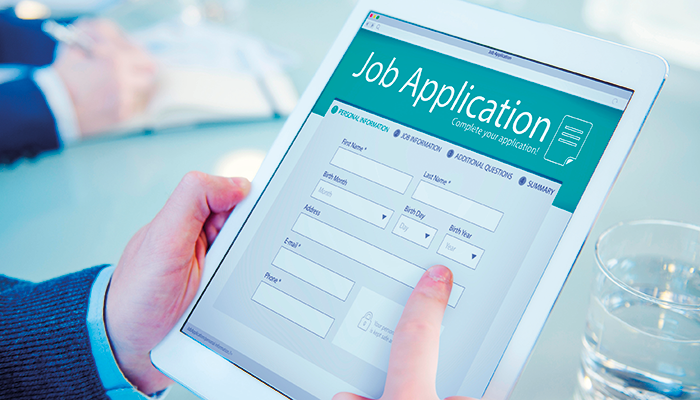
A perennial complaint of civil servants is the cumbersome recruitment process, with even long-term staff finding it painful to move between roles in government.
In 2017, the outgoing civil service commissioners expressed concern that slow recruitment is stopping departments from hiring top candidates, saying that “by the time we’ve gone through our process, they’ve probably been offered another job and taken it”.
Attempts to implement new processes in other parts of government have also been unsuccessful.
An outsourced project to help the army meet its recruitment goals has, according to the National Audit Office, been beset by major problems, including a website that launched more than four years late and cost three times the original budget. These delays meant the contractor did not provide the automated approach envisaged, and candidates were not able to manage their applications online as required.
Meanwhile, candidates are asking why applying for a job can’t be simpler – more like buying from Amazon or using Uber, rather than the clunky system operating in parts of the public sector.
‘Good recruitment and onboarding – integrating new staff into the organisation – are vital to finding the right people, making them welcome and equipping them for their job.’
Good recruitment and onboarding – integrating new staff into the organisation – are vital to finding the right people, making them welcome and equipping them for their job.
Onboarding is particularly important and often underestimated. It needs to be a well planned, consistent process, viewed as a continuation of recruitment. If you don’t onboard your new staff properly, they probably won’t stay. If you do, you’ll get higher levels of commitment, performance, and retention.
First, you must grab the attention of potential applicants, communicate the role, and encourage them to apply.
You can use technology and social media to target specific groups of candidates and explain why they would want to apply.
On the landing page, you can include a short video about why this is a great place to work, further information, and the ability to search for other jobs within the organisation, plus a chatbot to offer help.
The aim is to make it easy to apply and to answer any questions while candidates are actively looking. This means an automated application process, accessible 24/7, with the ability to load data from services such as LinkedIn.
Many jobseekers will apply for anything even remotely related to what they want to do, resulting in large numbers of unsuitable applicants.
This is where an initial sift using artificial intelligence can help. AI can be faster, more consistent and more objective in drawing up an initial shortlist. There should then be automated processes for responding to applicants and scheduling interviews.
Having made the decision to appoint, ensure that the recruit feels welcome, can quickly and efficiently complete necessary forms, be linked into their new team, and get any questions answered.
Allowing them to log into corporate systems before they join in order to share information will carry them smoothly through the onboarding process. In parallel, managers need to be able to monitor the recruitment and onboarding processes, have access to analytics and see any questions raised.
How good are your recruitment and onboarding systems?



















